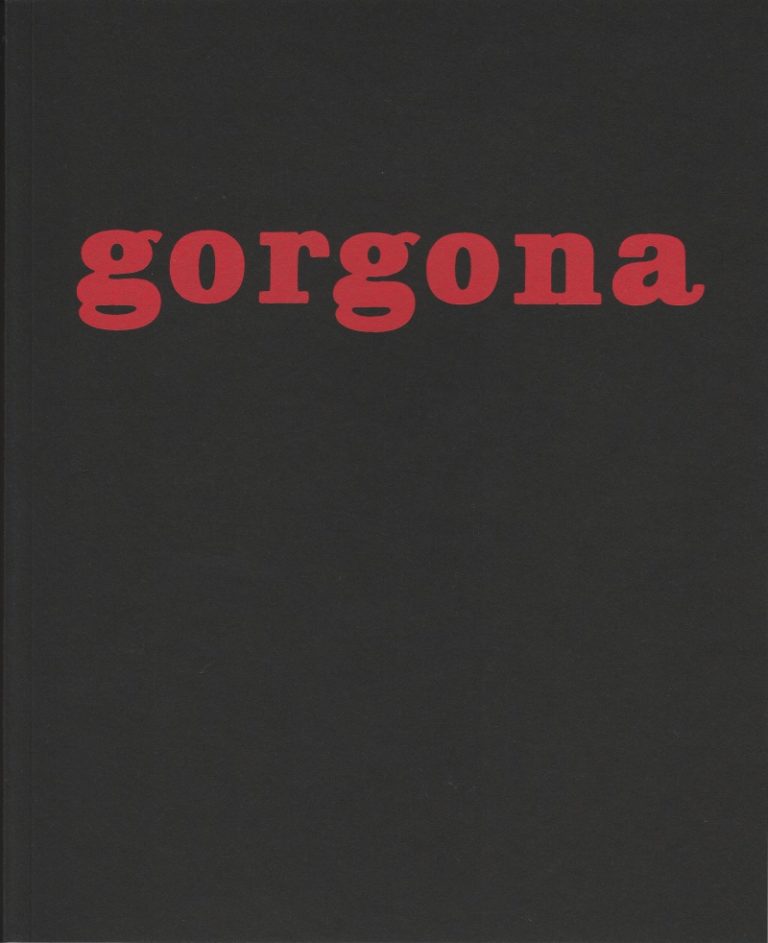The publication showcases an artistic collective operating in Zagreb in 1959–1966/68, whose activity was one of the most important manifestations of the Neo-Avant-Garde movements of the 1960s.
Gorgona was a spiritual and intellectual community, created by a group of friends — artists and art historians — united by common interests, artistic radicalism and aversion to ‘socialist modernism’ promoted by the contemporaneous cultural policy of Yugoslavia.
Its inner circle included painters Josip Vaništa, Julije Knifer, Marijan Jevšovar, and Đuro Seder, sculptor Ivan Kožarić, architect Miljenko Horvat and art historians and critics Radoslav Putar, Mother Meštrović, and Dimitrije Bašičević, also known as Ivan Mangelos.
The activities of the group formed in the late 1950s anticipated the later conceptualization of art, the practice of mail art and performance. Its collective activities blurred the boundary between everyday actions and practicing art, which consisted in spending time together, walks, trips, conversations and correspondence. According to the group leader, Josip Vaništa, Gorgona was supposed to exist ‘in the sphere of ideas’.
The group’s activities included various actions, expressing views in Questionnaires, sharing reflections in Thoughts for the Month, running the Studio G gallery and publishing the Gorgona anti-magazine. Each issue of the anti-magazine was the authorial work of one artist. Gorgona’s activities were characterised by irony and a perverse sense of humour, and the distance from the reality of the time manifested itself in the attitude of ‘active escapism’.

